首頁 » Courses » College of Engineering » Department of Environmental Engineering
The Practice of Environmental Education
- Instructors: WANG YA-FEN
- Service Recipients: Elemetary School Children
- Course Description: By employing a “big hand holding little hand” approach, the program guides elementary school students in exploring environmental actions. Centered on environmental issues, the course integrates knowledge of these topics into various teaching disciplines, enhancing children’s environmental consciousness and promoting environmentally friendly behaviors.


